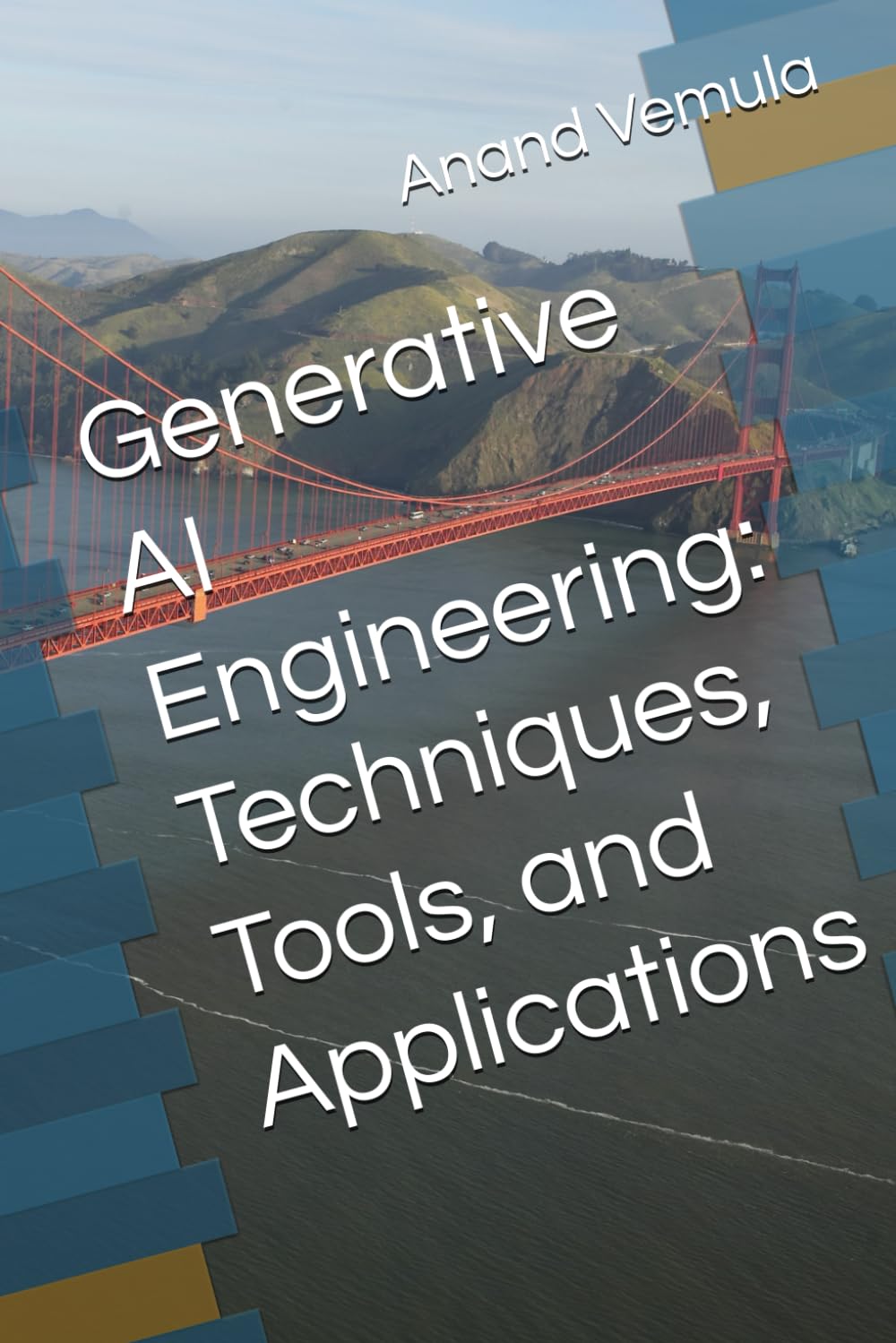



Generative AI Engineering: Techniques, Tools, and Applications

-
£27.18
£28.33 -
£10.58
£12.58 -
£16.71
£17.13
Reviews & Ratings
The journey begins with an introduction to generative AI, exploring its history, evolution, key applications, and the ethical considerations that come with this powerful technology. The fundamentals of machine learning and deep learning are covered next, laying a solid foundation with an overview of neural networks, their architectures, and common algorithms.
The book then delves into the heart of generative AI with detailed chapters on various generative models. Variational Autoencoders (VAEs) are explored first, from their mathematical foundations to implementation and real-world applications.
This is followed by a deep dive into Generative Adversarial Networks (GANs), examining their architecture, training techniques, and different variants like DCGAN and StyleGAN. Autoregressive models, including RNNs, LSTMs, and Transformers, are discussed next, highlighting their training and optimization techniques.
Diffusion models, with their unique approach to generating data through noise reduction, are also thoroughly explained. Advanced topics in generative AI are explored, including transfer learning, few-shot and zero-shot learning, and the integration of reinforcement learning.
Hybrid models that combine different generative approaches are also discussed. Practical implementation guides provide step-by-step instructions for building, training, and deploying generative models using popular tools and libraries like TensorFlow, PyTorch, and Keras.
Evaluation and metrics chapters offer insights into assessing the performance of generative models using qualitative and quantitative measures. The book also covers diverse applications and case studies, showcasing the impact of generative AI in fields such as image and text generation, music and audio synthesis, video creation, healthcare, and the creative industries.
Finally, the book addresses current challenges in generative AI, including ethical and societal impacts, and outlines future research directions that promise to drive the field forward. .
Frequently Bought Products
Product Queries (0)
Login Or Registerto submit your questions to seller
Other Questions
No none asked to seller yet
-
£27.18
£28.33 -
£10.58
£12.58 -
£16.71
£17.13
Bookiyos Books Solutions - Quality Books, Unbeatable Prices
Bookiyos Books Solutions is your premier online bookstore offering a vast selection of over 5 crore books. Whether you're looking for the latest releases, timeless classics, or rare finds, we have something for every reader. Our platform serves customers worldwide, including the USA, UK, and Europe, with fast delivery and easy return policies to ensure a hassle-free shopping experience. Discover daily updates, exclusive deals, and a comprehensive collection of books that cater to all your reading needs. Shop with confidence at Bookiyos, where quality books and unbeatable prices meet.
Why Choose Bookiyos?
Extensive Inventory: New, old, and rare books available.
Fast Delivery: Same or next-day shipping.
Easy Returns: Hassle-free refund and return policies.
Global Reach: Serving customers in the USA, UK, Europe, and beyond.
Daily Updates: Thousands of new titles added every day.
Join our community of book lovers and start your literary journey with Bookiyos Books Solutions today!







